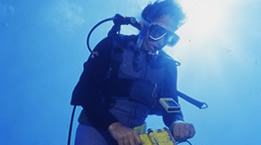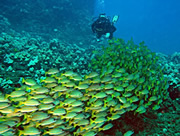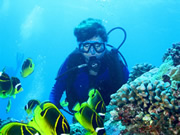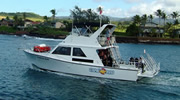
Day Use Moorings Worldwide
Day-use moorings are an effective tool to help prevent coral damage from boat anchors around the world.
Such locations as Bonaire, Belize, Cayman Islands, Australia, British Virgin Islands, Palau, Papua New Guinea, and Florida have been using day-use moorings for many years.
Search Our Mooring DatabaseDay-Use Moorings Worldwide
Day-use moorings are an effective tool to help prevent coral damage from boat anchors around the world. Although the specific technology may differ, the positive effects on coral reefs are seen throughout.
Bonaire, which is part of the Netherland Antilles in the Caribbean, was one of the first countries/islands to recognize that damage from boat anchors was destructive to its reefs and, in response, established some of the first day-use moorings in the world. In 1979 all the waters surrounding the island country were designated a marine park, and 40 permanent day-use moorings were installed by filling 55 gallon drums with concrete connected to each other by rebar.
 |
 |
Florida was the first state in the United States to employ the use of day-use moorings in the Florida Keys National Marine Sanctuary (FKNMS). John Halas, and others, developed a technique to embed a stainless steel pin in ancient limestone reefs, which established the first day-use pin moorings in 1981. There are over 800 day-use moorings deployed and in use throughout the FKNMS today. Moorings are provided on a first come, first served basis to the public, and anchoring is allowed near mooring sites.
The Cayman Islands, in the Caribbean, established day-use moorings in 1986 around all their islands using technology adapted from the 'Halas Method'. Although boats are allowed to anchor in areas without a mooring, it is an offense to anchor and damage any corals. The moorings are free of charge and have rules similar to those currently existing in Hawaiʻi.
Australia’s Great Barrier Reef Marine Park is one of the largest areas in the world where day-use moorings are used as a management tool. Both privately owned and public moorings are used to prevent anchor damage to coral in the park. It should be noted that, unlike Hawaiʻi where the majority of day-use moorings are found in common areas of state waters, the park manages a marine protected area with its own jurisdictional authority.
 |
 |